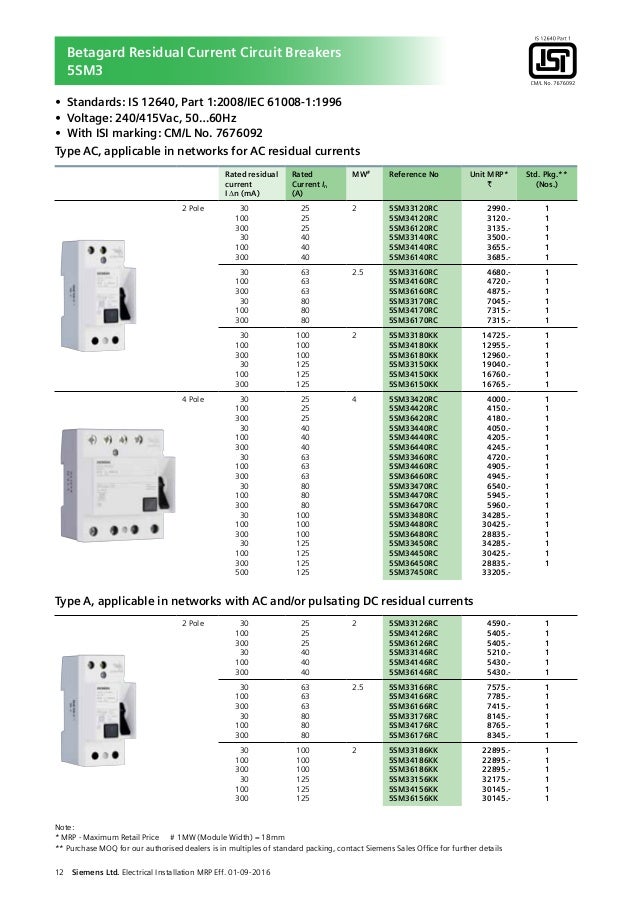Contactors typically have multiple contacts, and those contacts are usually (but not always) normally-open, so that power to the load is shut off when the coil is de-energized. Chris covers the basics of how electrical relays and contactors work. We teach you the basics of how they work and what they are used for.
Working- Basics of relay -SPST,SPDT,DPST,DPDT,energized and de-energized relay ,Design,construction,working,applications,and relay selection is explained. Such relays are called contactors.

Relays with calibrated operating characteristics and sometimes multiple .
Over the years, control relays of various types have been used by the hundreds — even thousands — to control nearly every function in commercial and industrial processes.
Today, many of those applications have been supplanted by programmable logic controllers (PLCs) and so-called “smart relays ,” which are actually . An easy-to-understand explanation of how relays use electromagnets to switch electrical circuits on and off. Contactor : A special type of high power relay , it's used mainly to control high voltages and currents in industrial electrical applications. Electromechanical relays have moving parts, whereas solid state relays have no moving.
There are posts on the working of relays , types of relays and so on.
To know about them click on the links below. Although they have been explained in earlier posts, their wide use and significance needs to be explained in detail. In this tutorial about electrical relays we are just concerned with the fundamental operating principles of “light duty” electromechanical . Difference between relays and contactors can be easily understood from this video.
How contactors work presented by Katie Rydzewski for Galco TV. Troubleshooting an air conditioner contactor.
Medium voltage contactor , because there are some coil like closing coil, open coil, holding coil, how those things work sir(the principle)? Let's put our basic TDR knowledge to practical use. Application requirements for time delay relays (TDRs).
In the three examples below, learn how you can use TDRs effectively to manage. Time delay TD also begins its timing cycle.
The contactor relays DILER and. Relays and contactors both are electromagnetically operated switch. The modular system has many advantages for the user. The system is formed around basic units, which are .
No comments:
Post a Comment
Note: only a member of this blog may post a comment.